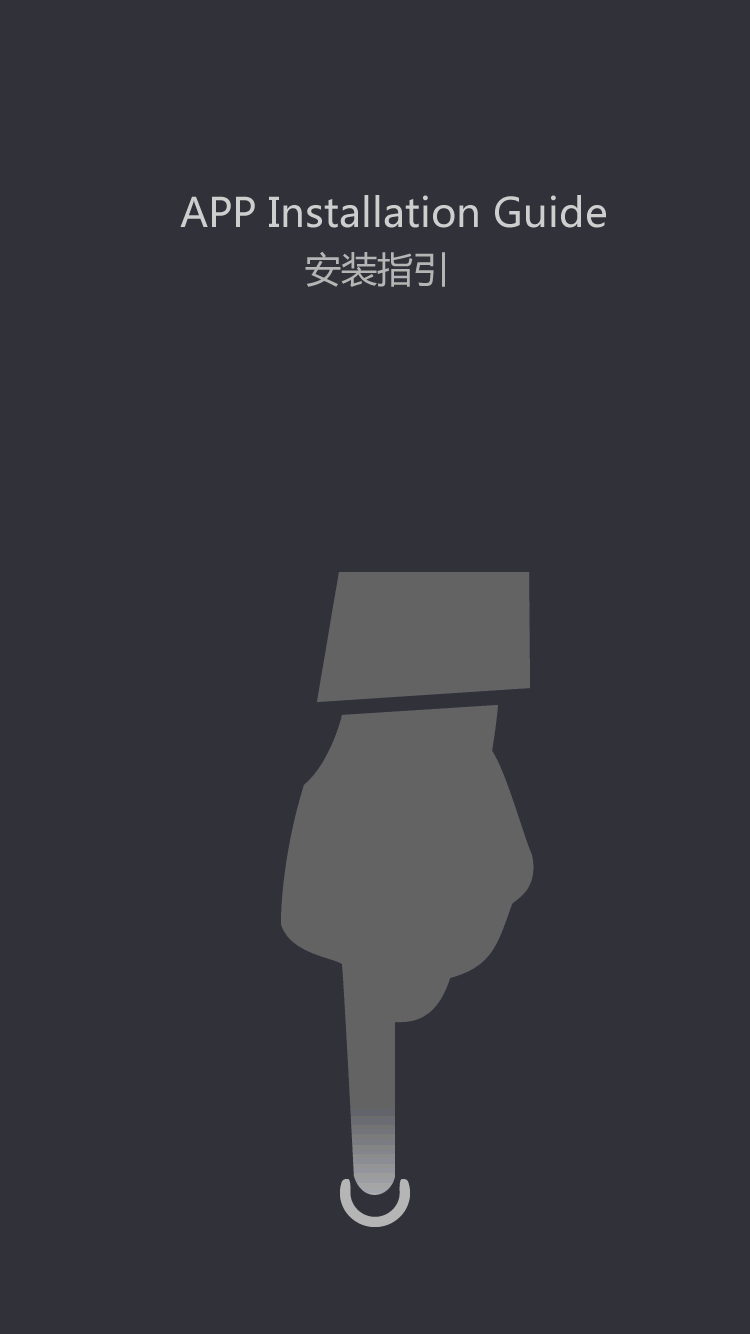How to transfer container cargo
by:VIPUTRANS
2020-09-04
How to transfer container cargo
As mentioned above, container freight is divided into FCL and LCL, so there are differences in handover methods. Looking at the current international practices, there are roughly the following four categories:
(1) FCL delivery, FCL connection (FCL/FCL)
The owner of the consignor delivers the full container to the carrier at the factory or warehouse, and the consignee receives the same container at the destination. In other words, the carrier is responsible for the delivery of the entire container. The packing and unpacking of the goods are the responsibility of the cargo owner.
(2) LCL delivery and unpacking connection (LCL/LCL)
The consignor will deliver the small-ticket consignment that is less than the full container to the carrier at the container freight station or inland transfer station, and the carrier is responsible for consolidation and stuffing (Vanning) to the destination freight station or inland transfer station. The carrier is responsible for unstuffing (Unstuffing, Devantting), after unpacking, the consignee receives the goods with the receipt. The packing and unpacking of the goods are the responsibility of the carrier.
(3) FCL delivery, unpacking connection (FCL/LCL)
The owner of the cargo delivers the full container to the carrier at the factory or warehouse. After the carrier is responsible for unpacking the container at the destination container freight station or inland transfer station, each consignee will receive the goods with the receipt.
(4) LCL delivery, FCL connection (LCL/FCL)
The consignor will deliver the small-ticket consignment that is less than the whole container to the carrier at the container freight station or inland transfer station. The carrier classifies and adjusts the goods of the same consignee. After the goods are delivered to the destination, the carrier will deliver the goods in the whole container and the consignee will receive the goods in the whole container.
Among the various transfer methods mentioned above, FCL delivery and FCL transfer have the best effect, and they can also give full play to the advantages of containers.
As mentioned above, container freight is divided into FCL and LCL, so there are differences in handover methods. Looking at the current international practices, there are roughly the following four categories:
(1) FCL delivery, FCL connection (FCL/FCL)
The owner of the consignor delivers the full container to the carrier at the factory or warehouse, and the consignee receives the same container at the destination. In other words, the carrier is responsible for the delivery of the entire container. The packing and unpacking of the goods are the responsibility of the cargo owner.
(2) LCL delivery and unpacking connection (LCL/LCL)
The consignor will deliver the small-ticket consignment that is less than the full container to the carrier at the container freight station or inland transfer station, and the carrier is responsible for consolidation and stuffing (Vanning) to the destination freight station or inland transfer station. The carrier is responsible for unstuffing (Unstuffing, Devantting), after unpacking, the consignee receives the goods with the receipt. The packing and unpacking of the goods are the responsibility of the carrier.
(3) FCL delivery, unpacking connection (FCL/LCL)
The owner of the cargo delivers the full container to the carrier at the factory or warehouse. After the carrier is responsible for unpacking the container at the destination container freight station or inland transfer station, each consignee will receive the goods with the receipt.
(4) LCL delivery, FCL connection (LCL/FCL)
The consignor will deliver the small-ticket consignment that is less than the whole container to the carrier at the container freight station or inland transfer station. The carrier classifies and adjusts the goods of the same consignee. After the goods are delivered to the destination, the carrier will deliver the goods in the whole container and the consignee will receive the goods in the whole container.
Among the various transfer methods mentioned above, FCL delivery and FCL transfer have the best effect, and they can also give full play to the advantages of containers.
Custom message
Related Products

































































































